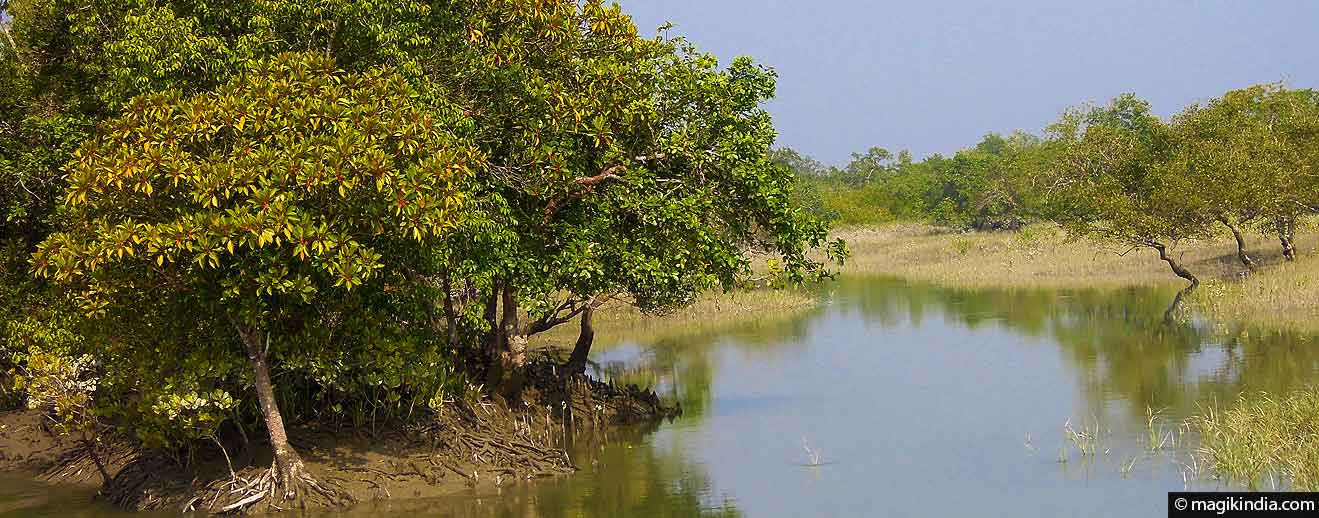
Sundarbans, the largest mangrove forest in the world
 Even if the royal Bengal tiger never shows his furry face, this trip among the mangroves will leave you with some totally enchanted memories. The Sundarbans (“beautiful forest” in Bengali) is the largest salt-tolerant mangrove forest in the world and has been a Unesco World heritage site since 1987.
Even if the royal Bengal tiger never shows his furry face, this trip among the mangroves will leave you with some totally enchanted memories. The Sundarbans (“beautiful forest” in Bengali) is the largest salt-tolerant mangrove forest in the world and has been a Unesco World heritage site since 1987.
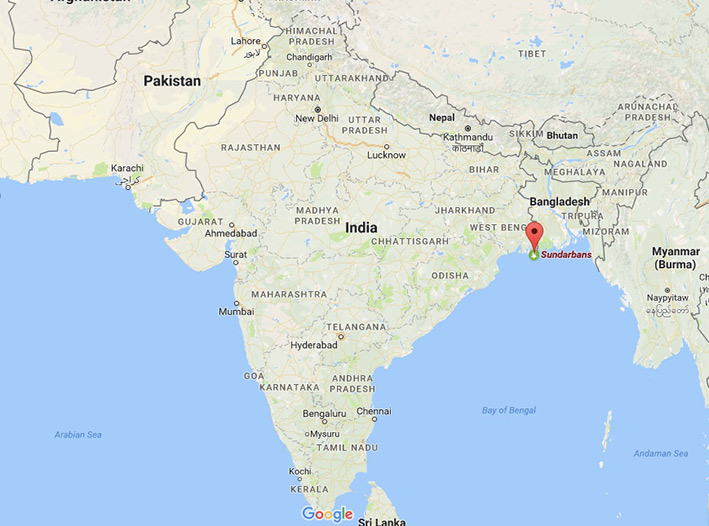
The mangrove lies on the delta of the rivers Padma, Brahmaputra and Meghna where they join the Bay of Bengal.
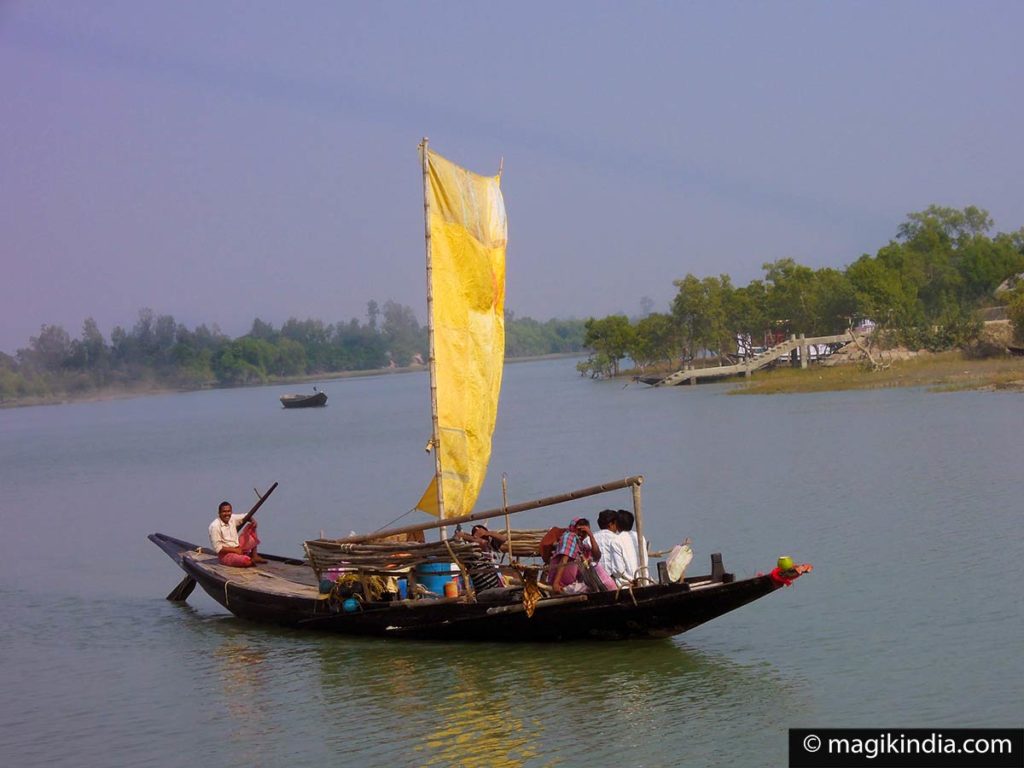
The forest covers 10,000km2, 6000 of which are in Bangladesh. The site is intersected by a complex network of tidal waterways, mudflats and small islands of salt-tolerant mangrove forests, and presents an excellent example of ongoing ecological processes.

What is a mangrove?
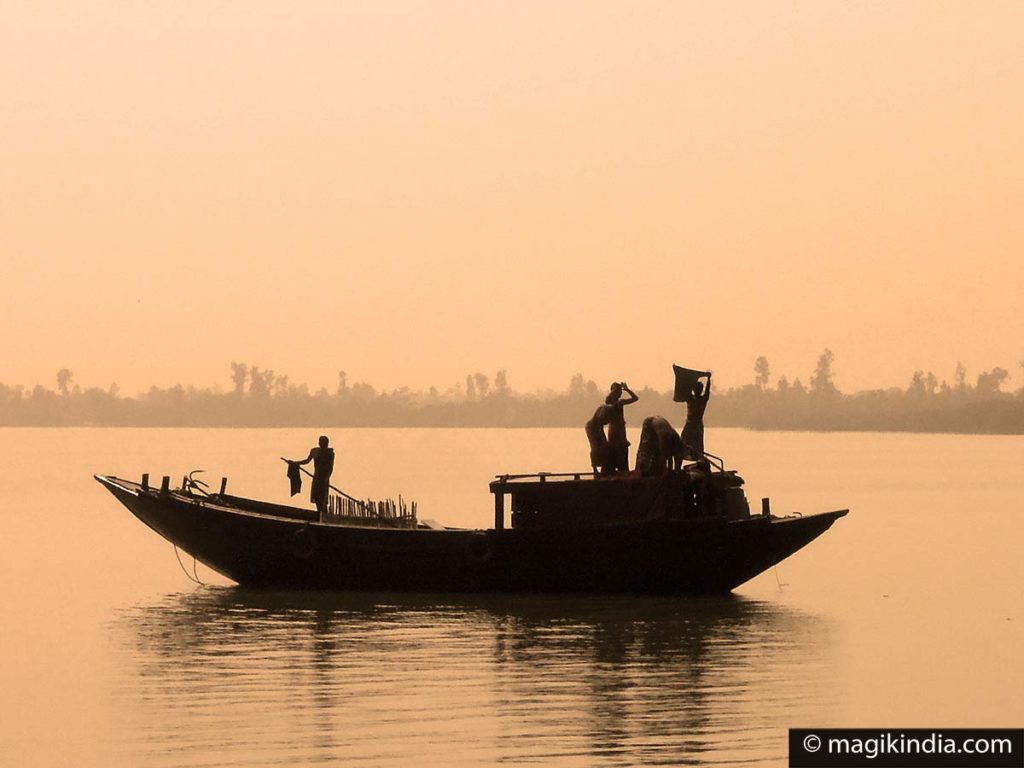
A mangrove is a shrub or small tree that grows in coastal saline or brackish water. Mangroves occur worldwide in the tropics and subtropics.
Mangroves are salt tolerant trees, also called halophytes, and are adapted to life in harsh coastal conditions. They contain a complex salt filtration system and complex root system to cope with salt water immersion and wave action.
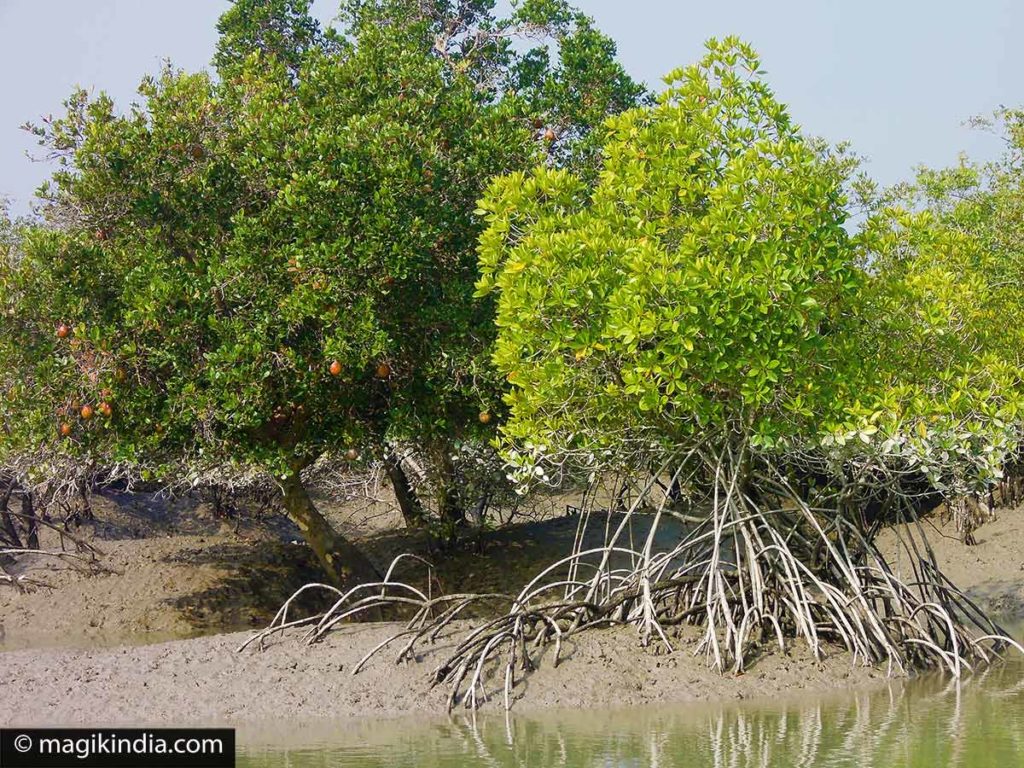
Mangrove swamps protect coastal areas from erosion, storm surge (especially during hurricanes), and tsunamis.The mangroves’ massive root systems are efficient at dissipating wave energy. Likewise, they slow down tidal water enough so its sediment is deposited as the tide comes in, leaving all except fine particles when the tide ebbs. In this way, mangroves build their own environments.
There are, broadly speaking, three types of mangroves – red, black and white mangroves.
Red mangroves developed aerial prop roots that keep them above the water with specialized cells in the bark, the lenticels, that absorb oxygen.

Black mangroves prefer mudflats without being covered by water. They develop pneumatophores, root-like structures which stick up out of the soil like straws for breathing. These “breathing tubes” typically reach heights of up to 30 cm, and in some species, over 3 m.
White mangroves prefer rather dry land that is only occasionally flooded by water. When salt enters their roots, it is filtered through the trunk of the tree and then excreted by the leaves.

Sundarbans’ fauna and the royal Bengal tiger
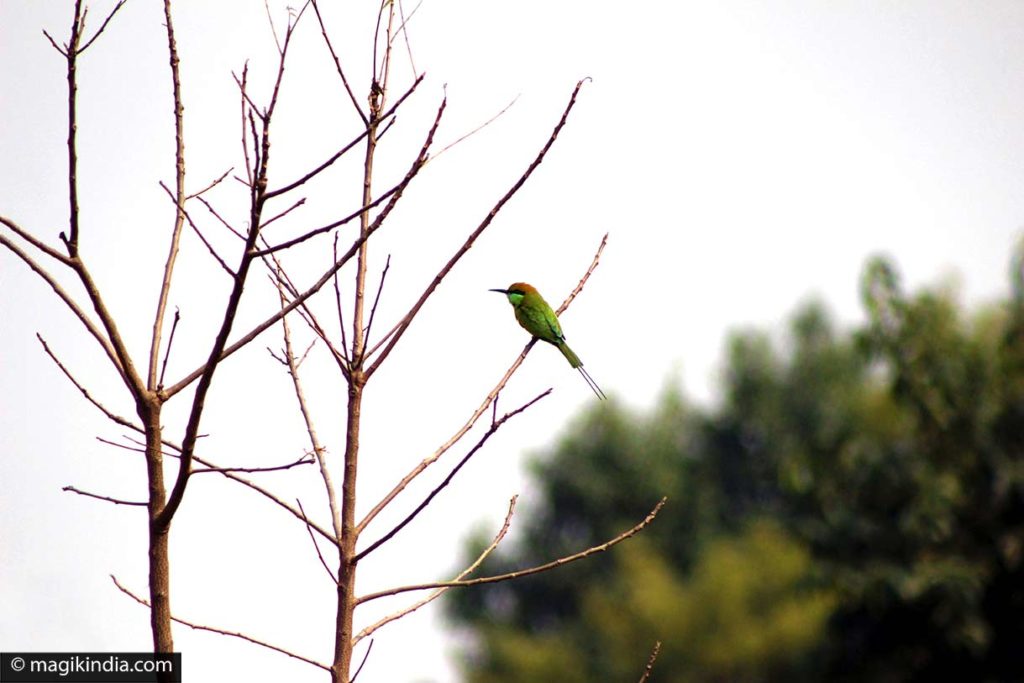
The Sundarbans are known for their wide range of fauna, including 260 bird species and endangered species like the Royal Bengal Tiger, Ganges and Irawadi dolphins, estuarine crocodiles and the critically endangered endemic river terrapin (Batagur baska).
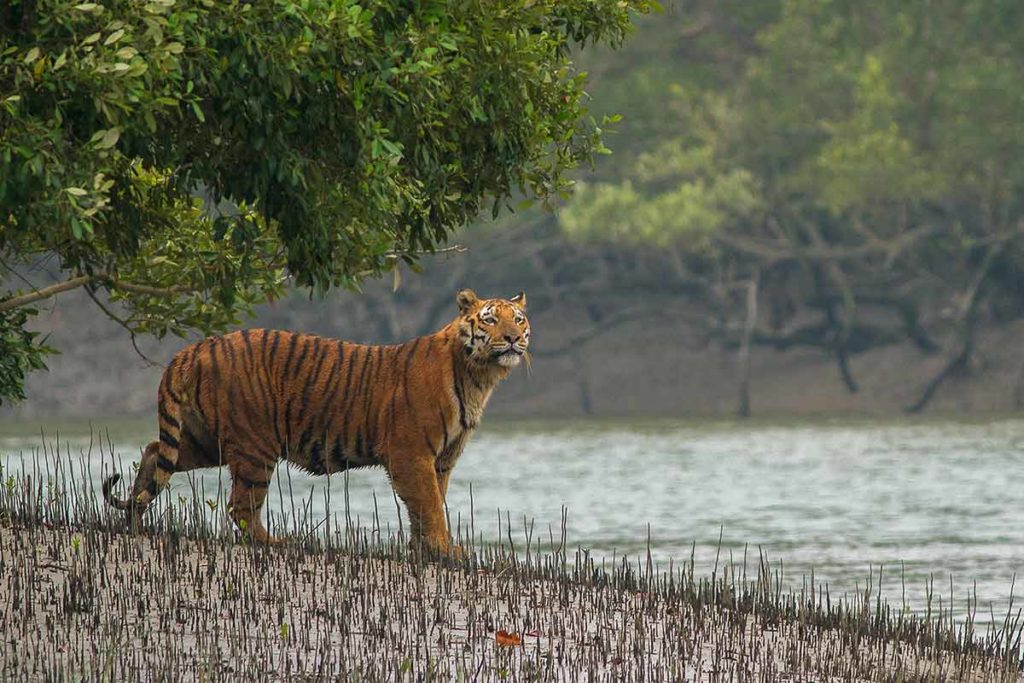
The king here is the Bengal tiger, or royal Bengal tiger, mainly found in India. There are also small populations in Bangladesh, Nepal, China and Burma. With a constantly shrinking population that now stands at around 2000, it is on the United Nations red list of endangered species. There are only 100 Bengal tigers in the Sundarbans region. The royal Bengal tigers of the Sundarbans have adapted themselves and developed the ability to swim in the saline waters.

Saltwater crocodiles were historically present throughout coastal eastern India and even along the west coast as far north as Kochi in Kerala state. The species disappeared from the majority of these locations by the 1930s. Today the species is only found within two mainland locations (Bhitarkanika National Park in Orissa, and the Sundarbans in West Bengal) and one island territory (the Andaman and Nicobar Islands.)

People of the Sundarbans
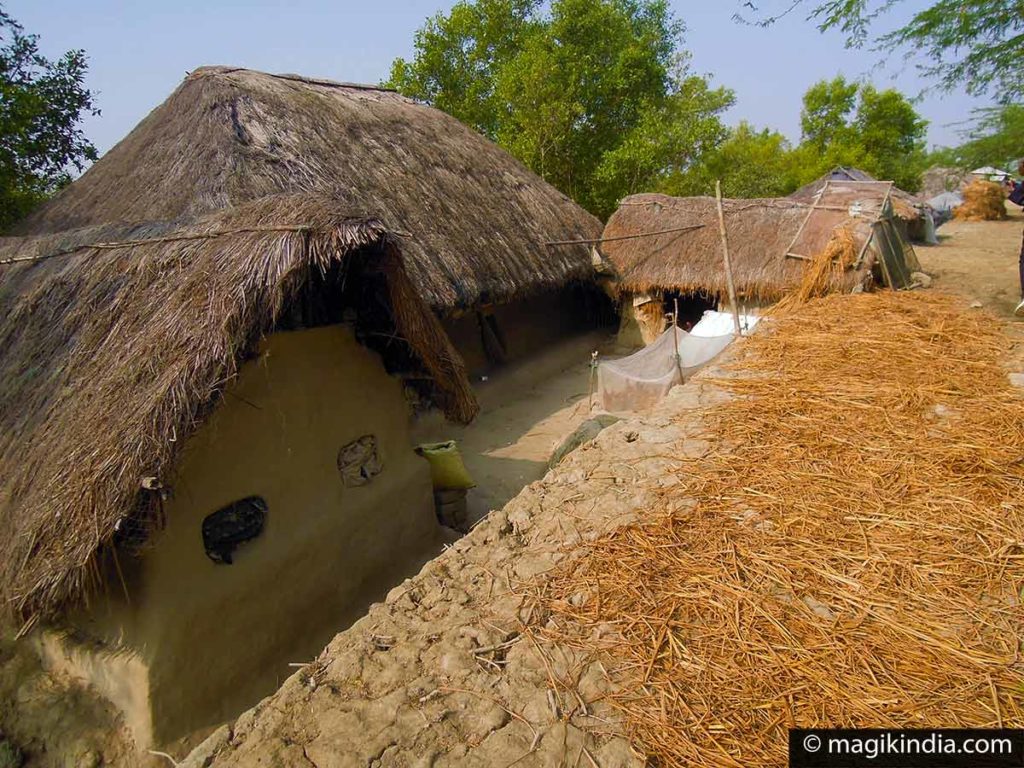
95% of the population of the Sundarbans is rural. The people are primarily dependent on agriculture, forestry and fishing and live in villages adjoining the mangrove forest. Tourism also offers a source of income.
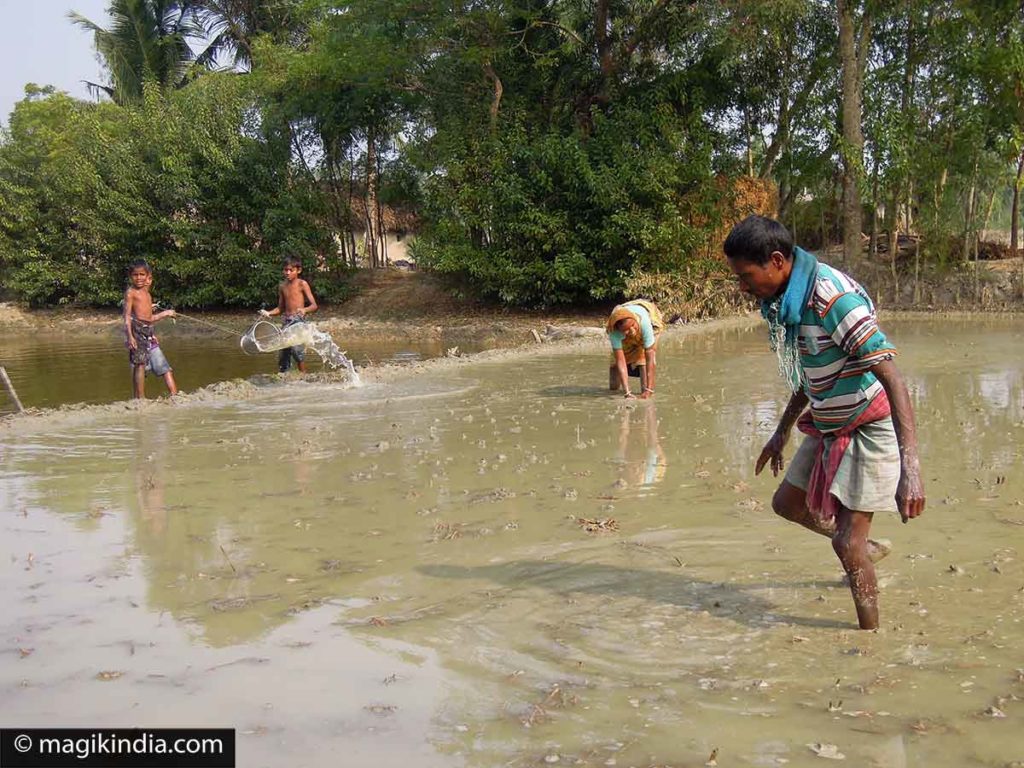
People live on the lands of the Bengal tiger and if attacks on people were rare, they have been recently on the rise. About 60 people a year are killed by the Bengal tiger in the Sundarbans region. It seems that the overall condition of the tigers in the Sundarbans is deteriorating due to their lack of food.
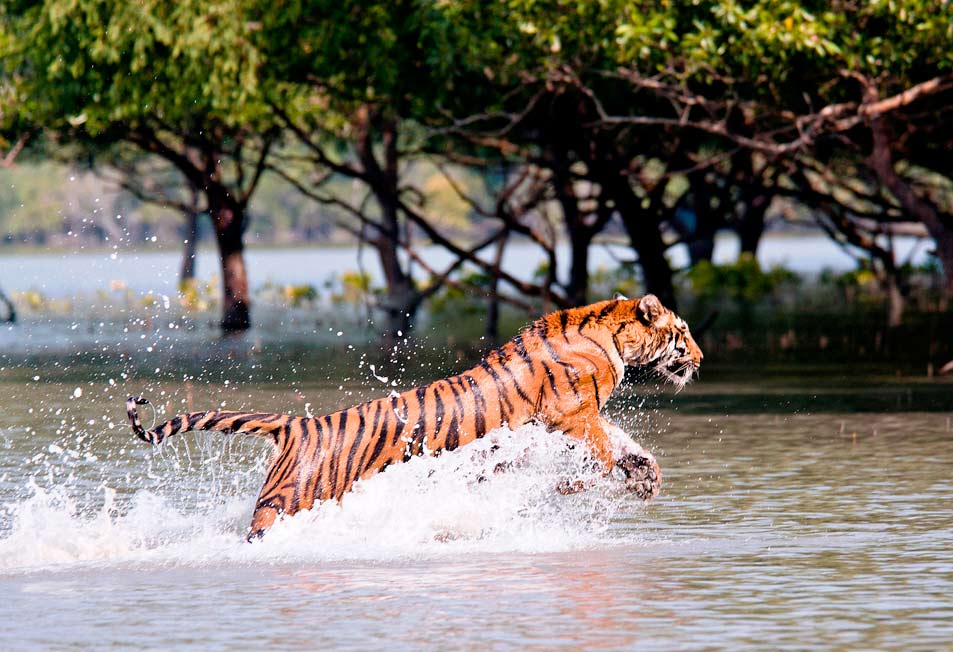
The Bengal tigers here aren’t like others; they dominate the landscape with their fantastic swimming ability and are less afraid of humans and more aggressive than Bengal tigers elsewhere. They can easily jump on the small fishing boats.
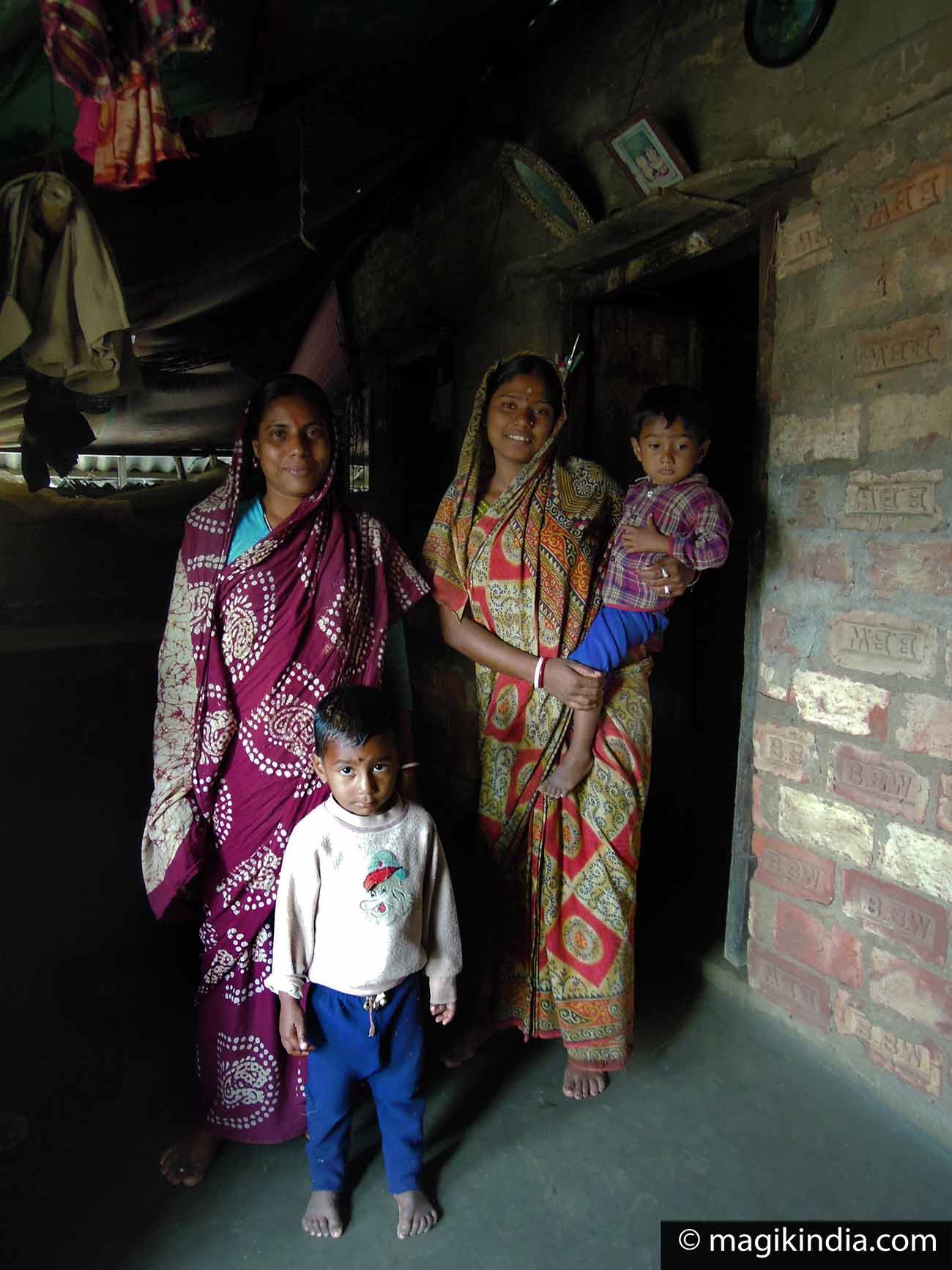
Goddess Bonbibi
Members of the Sundarbans celebrate gods and goddesses specific to the Sundarbans. One of them is the goddess Bonbibi. In this time of religion intolerance, Bonbibi (the lady of the forest) is a deity worshipped by Hindus and Muslims alike.
Bonbibi is a guardian spirit of the forests. She is called upon mostly by the honey-collectors and the woodcutters before entering the forest for protection against the attacks from the tigers.
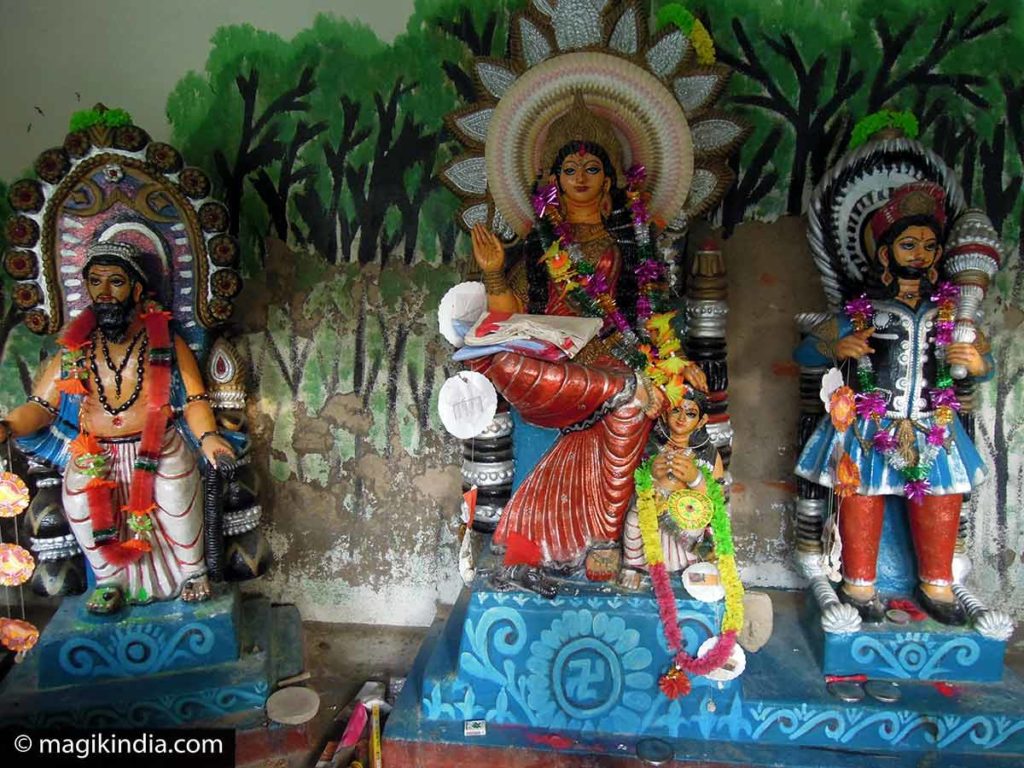
The narratives of Bonbibi are found in several texts named as the Banbibir Keramati (the magical deeds of Bonbibi) or the Banbibir Jahuranama (glory to Bonbibi). Amongst its earliest poets, Bayanuddin and Mohammad Khater are well known and their texts are almost similar. These texts consist of two major episodes, her battle with demon king Dakkhin Rai and the narrative of Dukhe.
In most of the shrines of Bonbibi in the Sundarbans, Bonbibi is worsipped along with her brother Shah Jangali and Dakkhin Rai.

The trip in the Sundarbans
If you are in India, the trip is prepared back in Kolkata with the help of a specialist travel agency. If you want to stay more than one day, it has to be an organised tour.
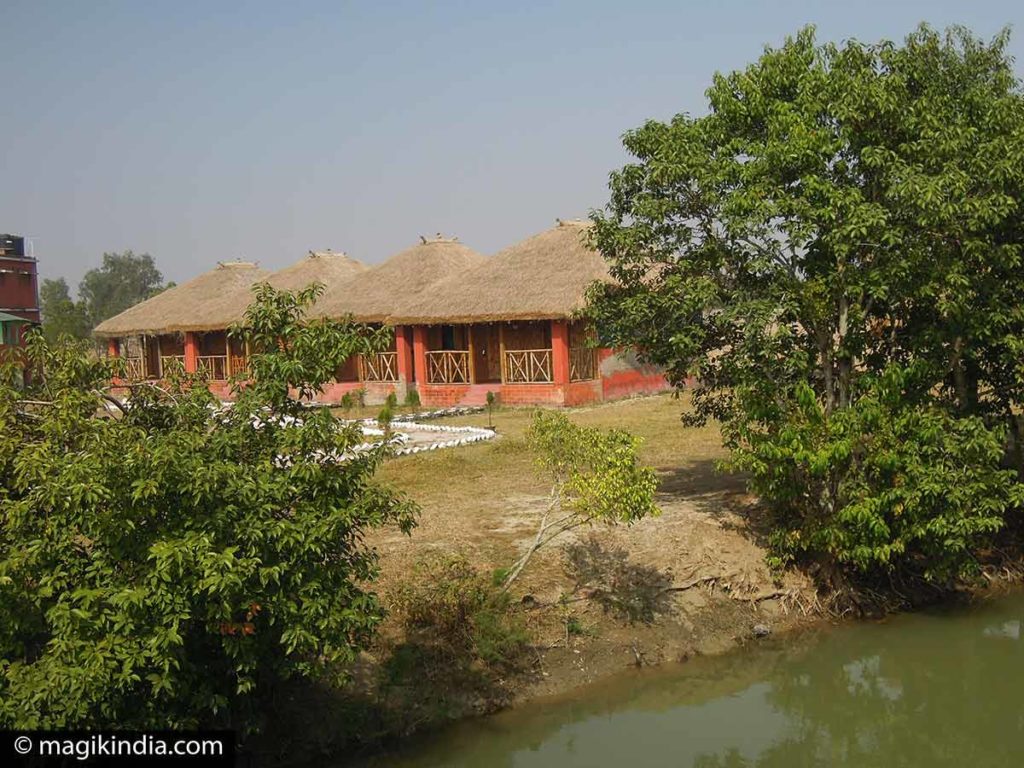
Travel agencies usually have their own hotel complexes. Transport as far as the Sundarbans is by minibus from Kolkata, then a boat takes you to your accommodation in a small hut fitted out for purpose.
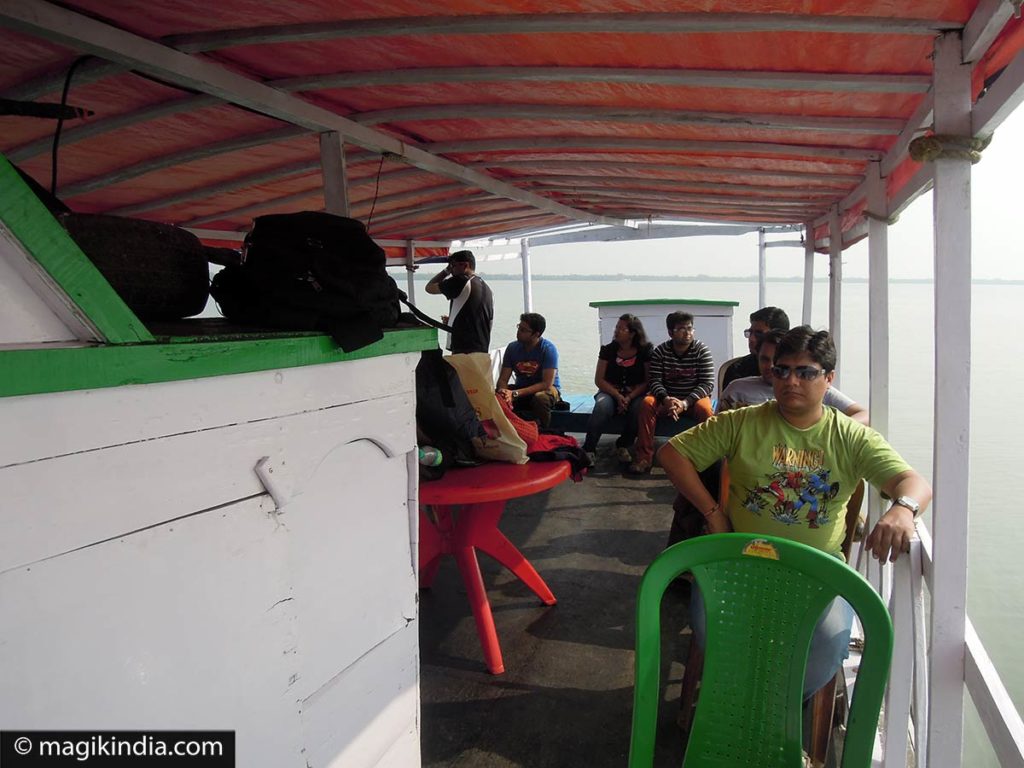
You have to rely on boats for visiting the various tourist spots of the Sunderbans. You can also hire your own boat but the charges are pretty steep (Rs. 1500-2000 per day). However, in case you wish to move around on your own, make sure to hire an official guide. The Sajnekhali Tiger Reserve is the place from where you can hire a guide.
During your visit, you will discover the mangrove forest looking in all directions hoping to see the royal tiger and you will stop in traditional villages. A truly memorable trip.
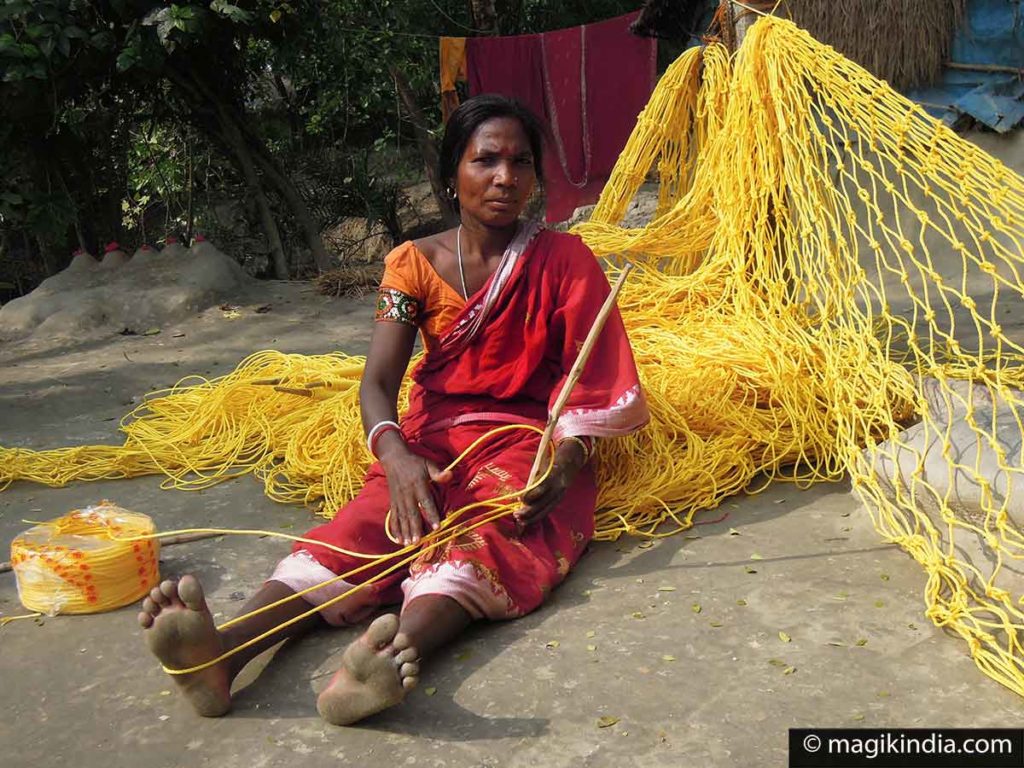

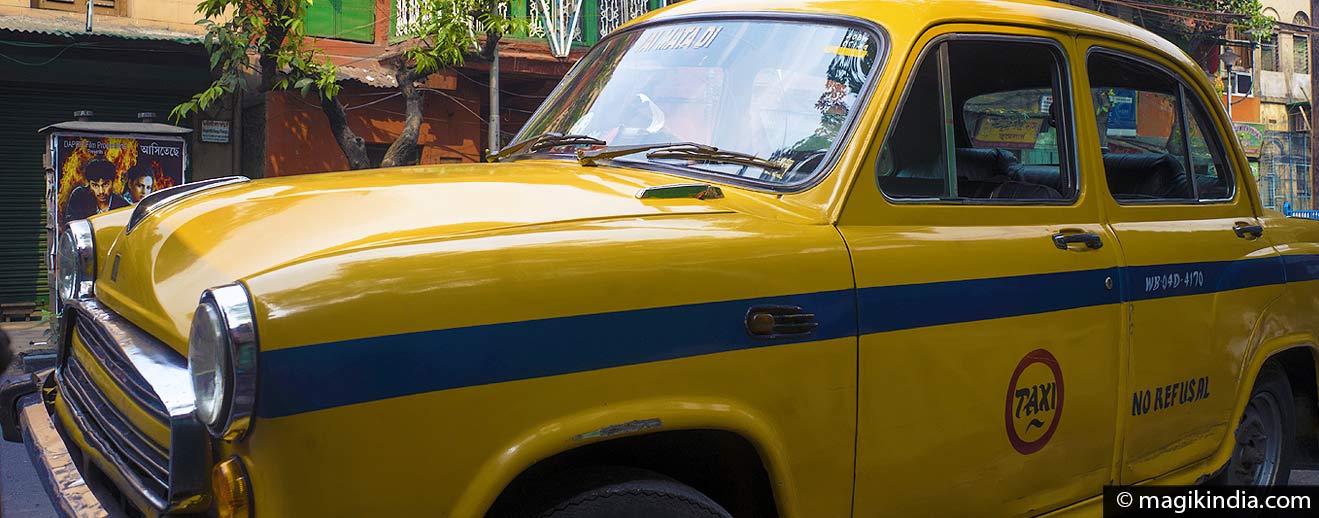
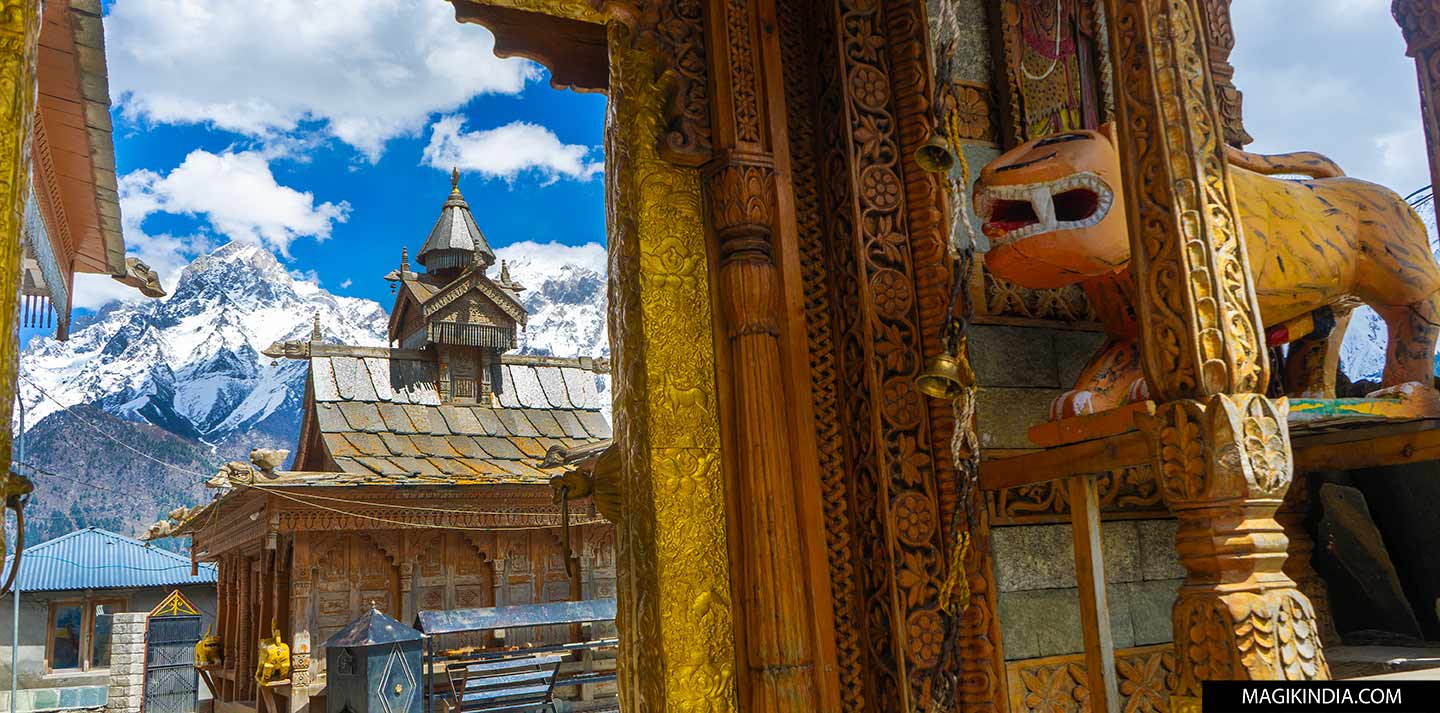

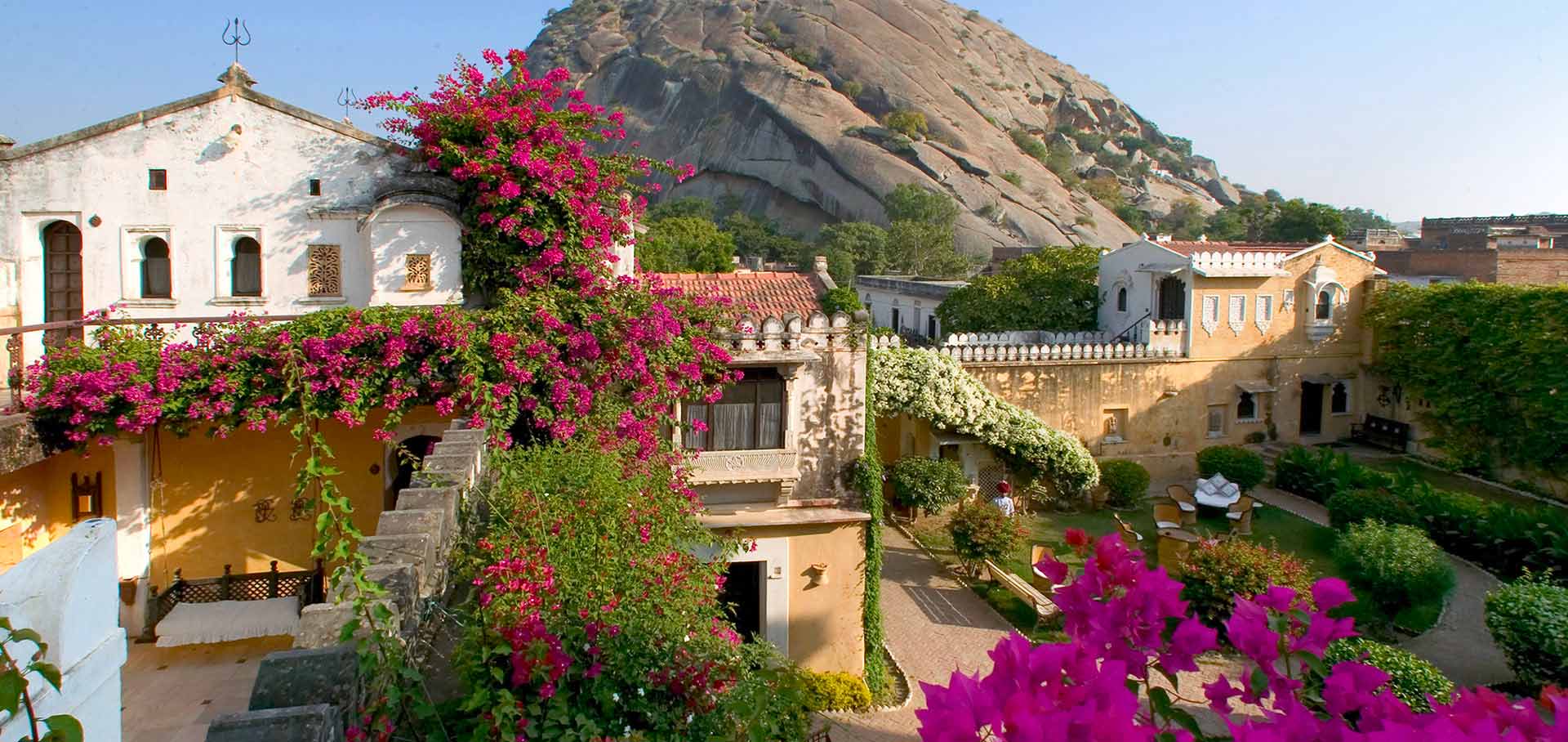
A mystery like none other, tigers, mangrove, back water, seafood. Unforgettable memories.
It is indeed unforgettable memories for this still non-touristy destination 🙂
I’ve always been fascinated with the Sundarbans. I first visited the national park in 2015, and have been back many times since. But once you get to Godkhali Ghat ferry point and set off in a boat, the Sundarbans emerge as an immense, mysterious jungle, a birthplace of myths that is ruled by tigers.
The boat trip on my visit to the Sundarbans yielded some amazing wildlife encounters. On the second day, from the Sudhanyakhali watchtower with his binoculars, we spotted a rare and elusive leopard cat.
We heard a tiger growling near the Panchamukhani while sitting down to lunch. The tension grew as our boat cruised slowly forward. Their intermittent roars continued, and later in the day we heard them chasing a group of chital.
Sundarban Offers a mystic holiday destination.
Many thanks Debolina for this poetic description of your trip in the Sundarbans…
What a nice piece of blog you presented. Awesome experience you shared before us and we are feeling sound. Thank you so much.
Many thanks Pada 🙂
Good job thanks a lot to you all for this kind of awesome script.
Many Thanks Mr Gosh. Namasté
Very nice writing. I like this.
Thanks dear Mr Gosh